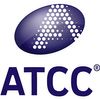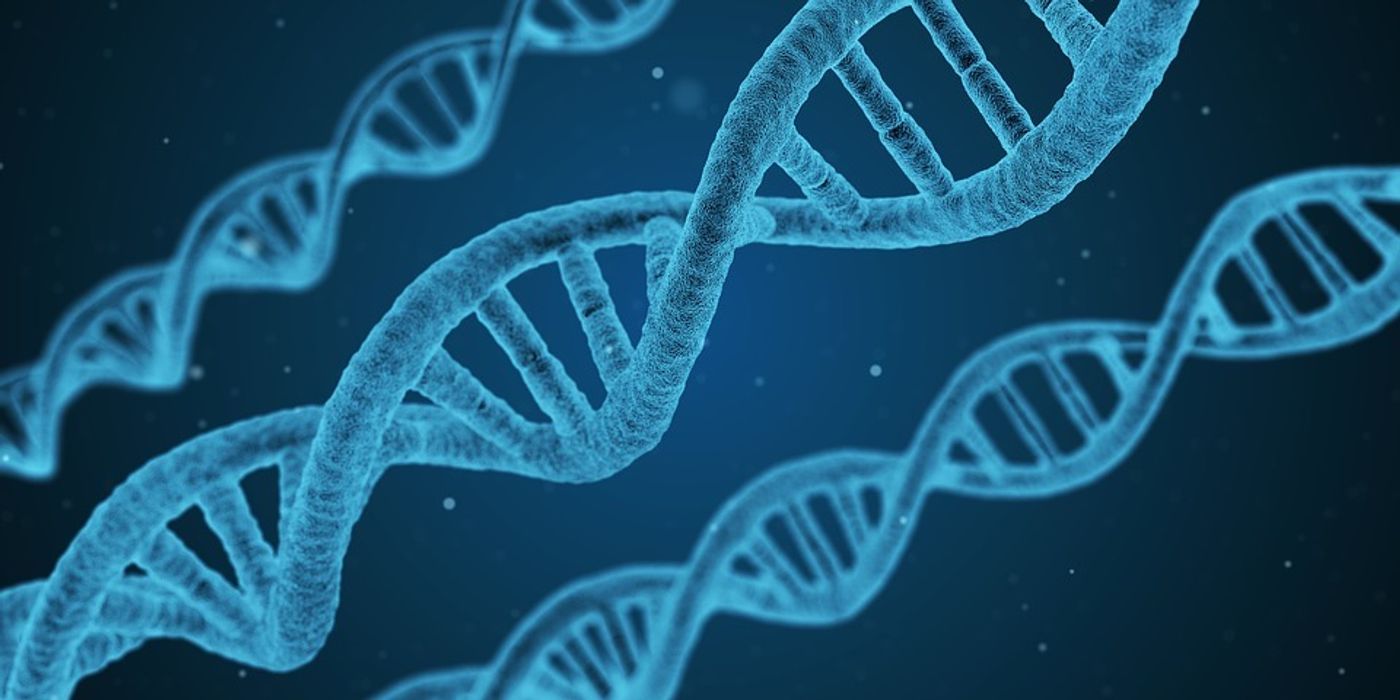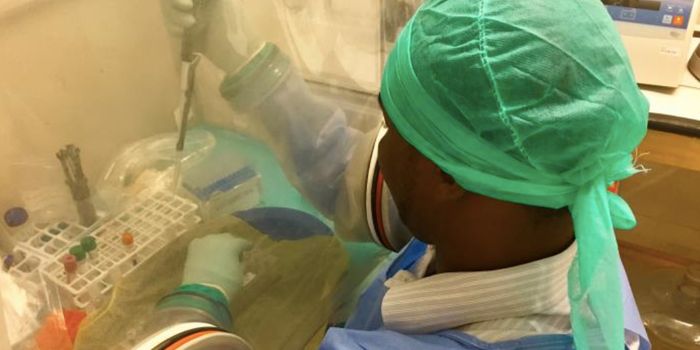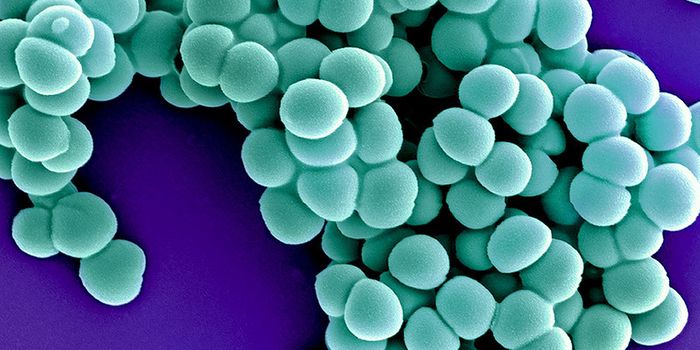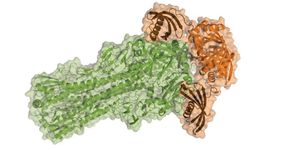Microbial organisms are a major component of our environment, but scientists have only begun to study their genetic composition in depth. Using current genetic technologies, researchers with the U.S. Department of Energy Joint Genome Institute (DOE JGI) have begun to learn more, and have released their findings. The team has reported 1,003 phylogenetically reference genomes of bacterial and archaeal organisms in Nature Biotechnology.
"Bacteria and archaea comprise the largest amount of biodiversity of free-living organisms on Earth," said senior author Nikos Kyrpides, head of the DOE JGI's Prokaryotic Super Program. "They have already conquered every environment on the planet, so they have found ways to survive under the harshest of conditions with different enzymes and with different biochemistry.”
The ubiquitousness of these microbes has the U.S. Department of Energy interested; they have an impact on the biogeochemical cycles of Earth, and these species will fill in gaps in the tree of life. Our understanding of the characteristics and roles of genes, proteins and metabolic pathways using genome sequencing has myriad applications.
"In addition to identifying over half a million new protein families, this effort has more than doubled the coverage of phylogenetic diversity of all type strains with genome sequences,” explained first author Supratim Mukherjee, a DOE JGI computational biologist.
"It was recognized that we weren't sampling many parts of the tree of life," said Rekha Seshadri, a DOE JGI computational biologist and co-first author of the paper. "And if we sampled some of those parts of the tree, we'd discover new functions, which could be an important resource for new applications.”
We are focusing a lot of research effort on human pathogens in microbial studies, but we have more to learn. CRISPR is one example if the potential for such work; there are likely many undiscovered resources in the microbes of our environment. A huge variety of samples were taken for this work, from water to soil to pants and insect guts, building the project over nearly a decade.
Genome sequencing and analysis data for 1,003 genomes is now available through the Integrated Microbial Genomes with Microbiomes (IMG/M) system. The DOE JGI is aiming to provide interested scientists with a trove of new sequence data.
It could aid in the characterization of biotechnologically relevant secondary metabolites or reveal more about enzymes that act under certain conditions, Seshadri explained. Kyrpides' research team used strains that are easily available from culture collections, so scientists can use the same strains in their labs for follow up work, she added.
"The partnership with culture collection centers such as the Leibniz Institute DSMZ in Germany and the ATCC Global Bioresource Center in the U.S., was critical in accomplishing this endeavor," said Kyrpides.
"It's incredibly helpful for interpreting environmental data. For example, if you go and find a fossil bed somewhere and find tons of bones, but if no one had ever assembled skeletons before, it'd be useless," said Jonathan Eisen, a microbiologist at the University of California, Davis. "But with an assembled skeleton to use as a reference, "you can say 'this looks like a mammal'. The same is true with metagenomic data--if you have reference genomes from across the tree [of life], you can anchor environmental data much more accurately.”
"At a time when we are witnessing the public databases being flooded by an infusion of low or questionable quality, highly fragmented and chimeric or contaminated genomes, the significance of genomes from the type strains as invaluable taxonomic signposts cannot be overstated," Kyrpides said. You can check a lecture with Kyrpides in the video above from JGI.
Sources: AAAS/Eurekalert! via DOE JGI, Nature Biotechnology
